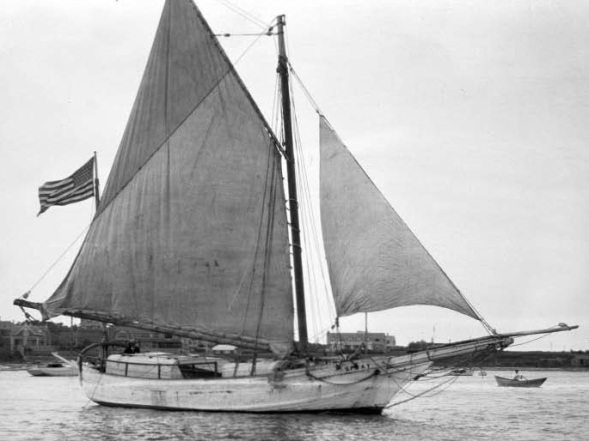John Lawson’s A New Voyage to Carolina is the earliest book I could find on the Carolinas, where I have old family ties. In December of 1700, Lawson set out from Charleston on an expedition to the interior. In two months he travelled to the middle of modern day North Carolina and returned northeast to Pamlico Sound, where he started the town of Bath. I’m not finished with the book, and at any rate I’m scarcely able to comment on its real significance. Fortunately, Lawson’s style of narration is extremely eccentric and diverting. It is interesting to consider that Lawson lamented that most of the English traveling to the Americas were “of the meaner sort” and held himself a gentleman and a scholar. I’m not saying otherwise, but what companions he must have had!

Lawson encounter’d many Tygers, the dismall’st and most hideous Noise of their frightful Ditties causing great Surprizal
Lawson’s party meets with an accident on the way:
one of our Company being top-heavy, and there being nothing but a small Pole for a Bridge, over a Creek, fell into the Water up to the Chin; my self laughing at the Accident, and not taking good Heed to my Steps, came to the same Misfortune: All our Bedding was wet. The Wind being at N. W. it froze very hard, which prepar’d such a Night’s Lodging for me, that I never desire to have the like again; the wet Bedding and freezing Air had so qualify’d our Bodies, that in the Morning when we awak’d, we were nigh frozen to Death, until we had recruited ourselves before a large Fire of the Indians.
I will say this as I get up in the morning: “Recruit yourself!” On his way from Charleston, Lawson travelled among the scattered plantations of refugee protestant French, and the odd Scot living on marshy islands tending livestock. He was evidently preceded by other European traders, and he travelled with Indian guides from village to village, where he was generally well received. Still, it was usual to encounter abandoned fields and (perhaps temporarily) deserted camps where one could make oneself at home.
We found great Store of Indian Peas, (a very good Pulse) Beans, Oyl, Thinkapin Nuts, Corn, barbacu’d Peaches, and Peach-Bread; which Peaches being made into a Quiddony, and so made up into Loves like Barley-Cakes, these cut into thin Slices, and dissolv’d in Water, makes a very grateful Acid, and extraordinary beneficial in Fevers, as hath often been try’d, and approv’d on by our English Practitioners. The Wind being at N. W. with cold Weather, made us make a large Fire in the Indian’s Cabin; being very intent upon our Cookery, we set the Dwelling on Fire, and with much ado, put it out, tho’ with the Loss of Part of the Roof.
And I get mad when I have to wait too long in line at Dunkin Donuts on the Garden State Parkway!
